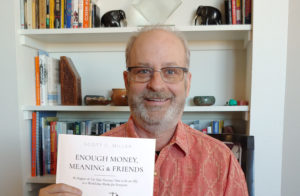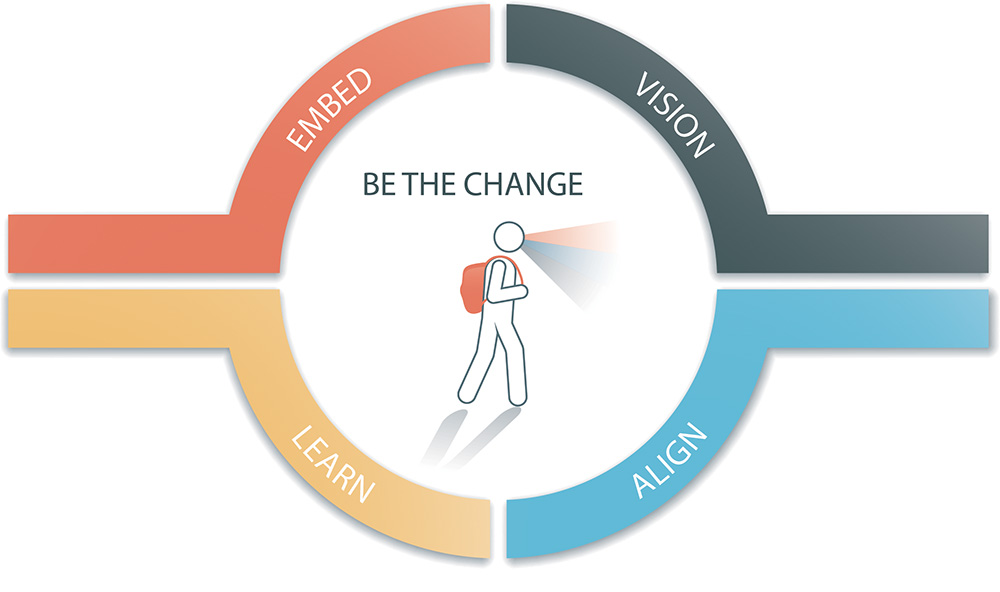The call to adventure, as described by Joseph Campbell, the well-known mythologist, professor, and lecturer, is always characterized by the invitation to leave the known and enter into the unknown. It is a tale of two mindsets. For some period of time, we contemplate whether we are going to accept the call. We have one foot in the old mindset, and we try to dip the toe of our other foot into the unknown. The problem is, we can’t keep a foot in both worlds for very long. If we truly want to have the new experience, we must answer the call and put both feet into the unknown. Follow the yellow brick road, Dorothy.
The call to adventure that I am personally hearing is to change my thinking about money, leaving behind the past four decades of assumptions and habits. It is time for me to let go of many of them and become my own personal scientist, finding ways to increase my sense of community and deepen my purpose. What does it feel like to volunteer more often? To really take the time to study music, art, food, photography, and history? To have more time to smell the roses? To say no to money-making opportunities that seem outside of my purpose or values?
As in every call to adventure, we spend some amount of time and energy refusing it. For me this evening, I had a case of the “what-ifs.”
- What if I retire too soon, and we run out of money, and I have to re-enter the work world at a lower rate per hour than I can earn now?
- What if the agency that I have been leading for two decades can’t handle my working fewer hours and then things collapse?
- What if the next generation of organizational leaders do things in ways that are at odds with my approach?
- What if I retire and get bored and depressed with too much free time and not enough structure? Also, that’s my wife Jan’s main worry about my next chapter of life.
- What if I keep overworking and have less energy to address lifestyle changes I want to make with eating, exercise, connecting with others, volunteering, and studies?
- What if I continue working full time, the great opportunities keep coming, and I am once again stressed out with too much travel, thinking, and complexity?
I shared these feelings with Jan, and she encouraged me to challenge them by asking if my concerns were real. When I wrote down my fears, the worries subsided. It is important to note that six months later after writing these worries down on paper, none of them are a concern today.
While it was tempting to get back into more work that felt familiar to me, I knew I would be happier following the call to adventure into the uncharted waters of an unknown world. The happier I could be, the more likely I was to make a new and significant contribution to others. By listening to my heart rather than my head, I left the known, which is no longer in alignment for me, and entered the unknown.
The tale of two mindsets ends when we finally answer the call. Assistance has come from outside of ourselves in some manner–often through one of our allies—those who tell us the truth about what they are hearing us say we want to do. As allies, they challenge the rationalizations that keep us clinging to the known. They encourage us to let go and step into the new world.
Our society places an unwarranted premium on making money. Millions of ads over our lifetime have told us that we should make lots of money and buy from an endless catalog of stuff we don’t need. Our sense of reality has been largely shaped around habits of consuming things. But for those of us who are tired of chasing more money and more stuff, a new world awaits. That world is rich in meaning and friendship and guided by a more modest standard of living, a standard that requires far less money than what we think we need to achieve a better version of the American Dream. This is the new mindset that can change the world.
From the book: Enough Money, Meaning & Friends ~ By Scott C. Miller
To learn more about Scott Miller, please see his website here.

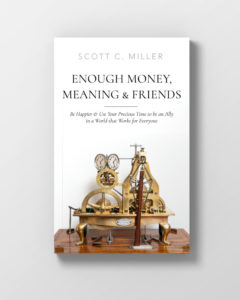
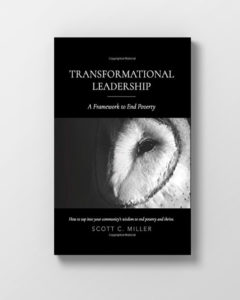
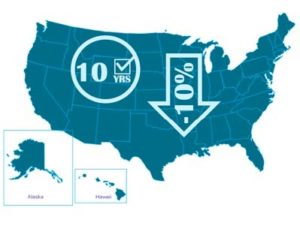

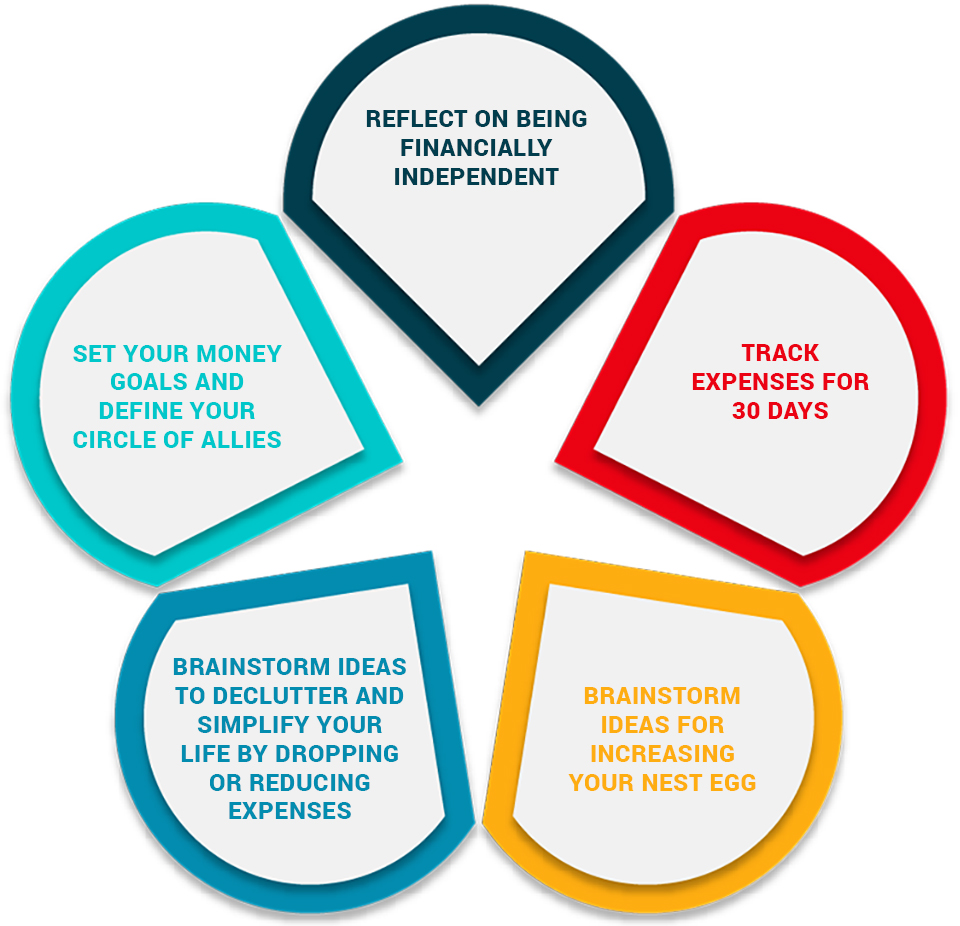
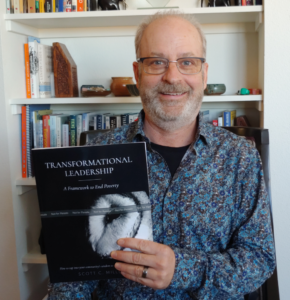 To be the change we want to see happen is the lynchpin of the Transformational Map. Dedication to personal growth fosters positive change in the world. How can I change my life so that it’s in alignment with my vision for the world? When we embrace transformation as our personal assignment, we inspire and equip others as well.
To be the change we want to see happen is the lynchpin of the Transformational Map. Dedication to personal growth fosters positive change in the world. How can I change my life so that it’s in alignment with my vision for the world? When we embrace transformation as our personal assignment, we inspire and equip others as well.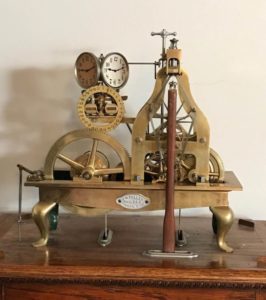 Recently, two people mentioned to me that there was not enough time to get things done. One of them said he was working seven days a week. How does this happen to us? Perhaps the shift to digital technology has pushed our overwork patterns to new levels?
Recently, two people mentioned to me that there was not enough time to get things done. One of them said he was working seven days a week. How does this happen to us? Perhaps the shift to digital technology has pushed our overwork patterns to new levels?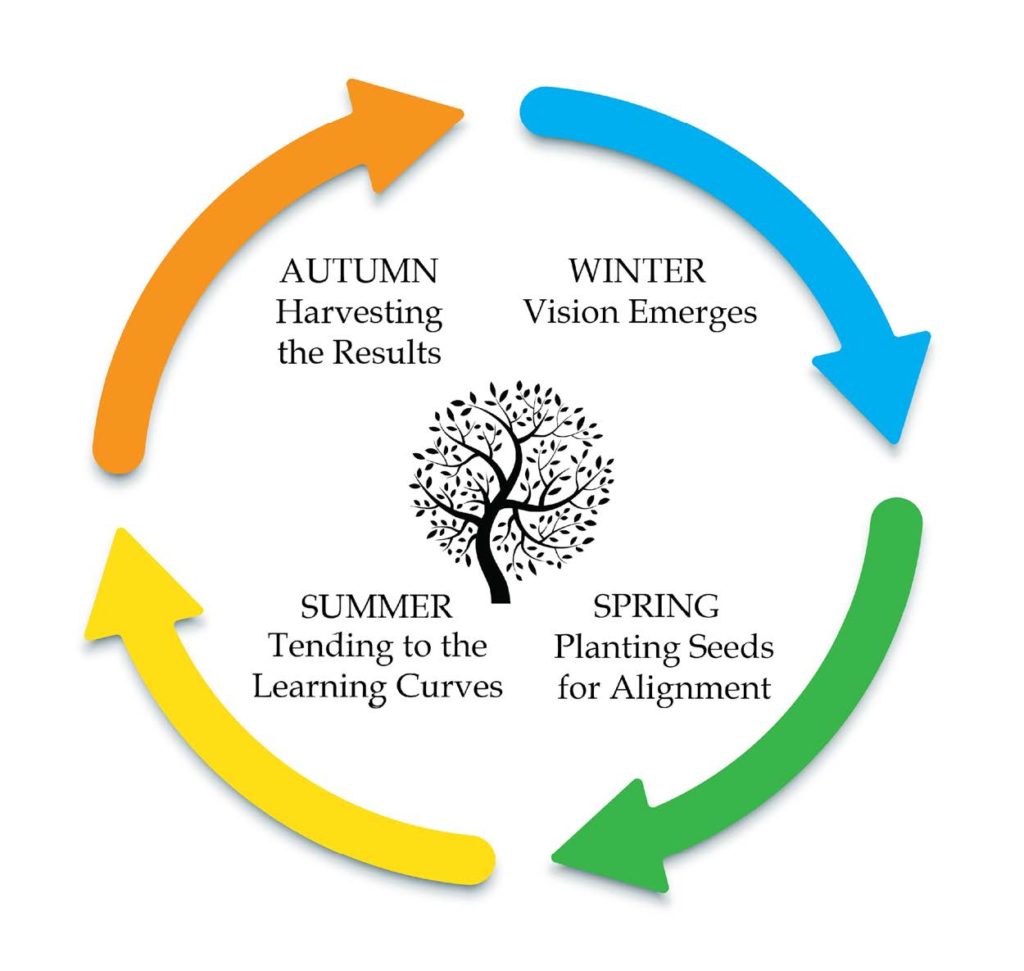 When we wish to change something in the world, there is often something in our own lives that we want to explore, assess, and change as well.
When we wish to change something in the world, there is often something in our own lives that we want to explore, assess, and change as well.